Gauchos and Estancias in Argentina
Gauchos and Estancias in Argentina: a Journey from North to South
The figure of the Gaucho is deeply rooted in Argentine identity.
Traditionally, gauchos were skilled horsemen and cattle herders, living a semi-nomadic lifestyle across the Pampas, Patagonia, and even the arid north. Over time, estancias—large rural estates—became the centers of gaucho life, shaping the cultural landscape of Argentina.
Today, traveling from the northern provinces to the southern reaches of Patagonia offers a fascinating way to understand the diversity of gaucho traditions and estancia life.
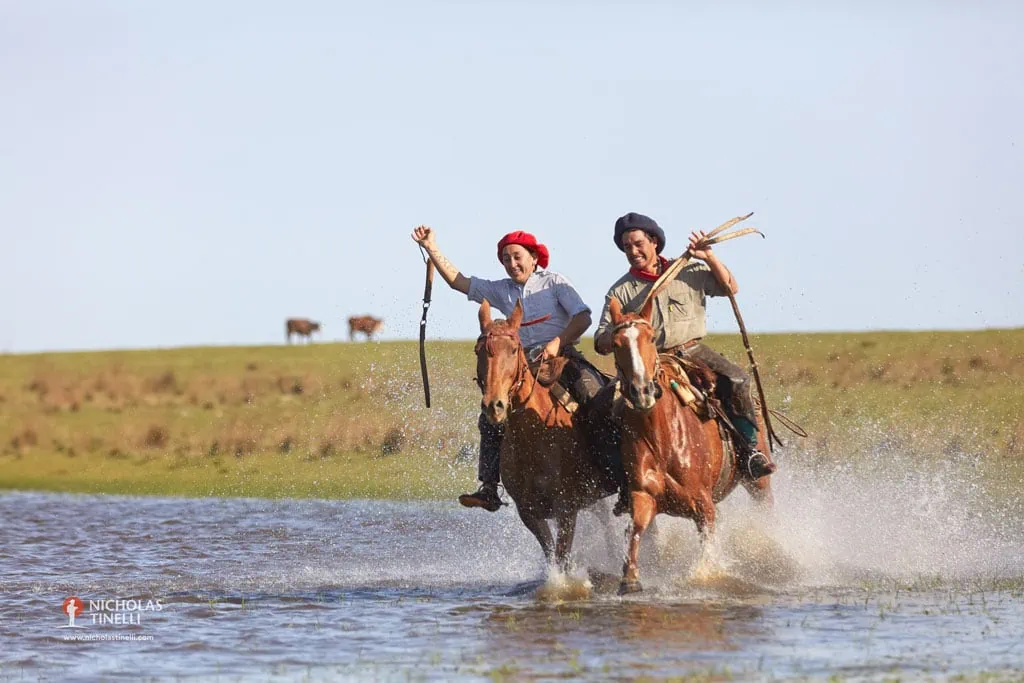
Looking for a Private Tour?
We can modify the itineraries and duration according to your needs and travel dates.
Write to us to get a quote.
GAUCHOS AND ESTANCIAS PHOTO TOURS
5 to 6 Hours (it can be extended)
In the Cradle of Tradition
Every Year, in November
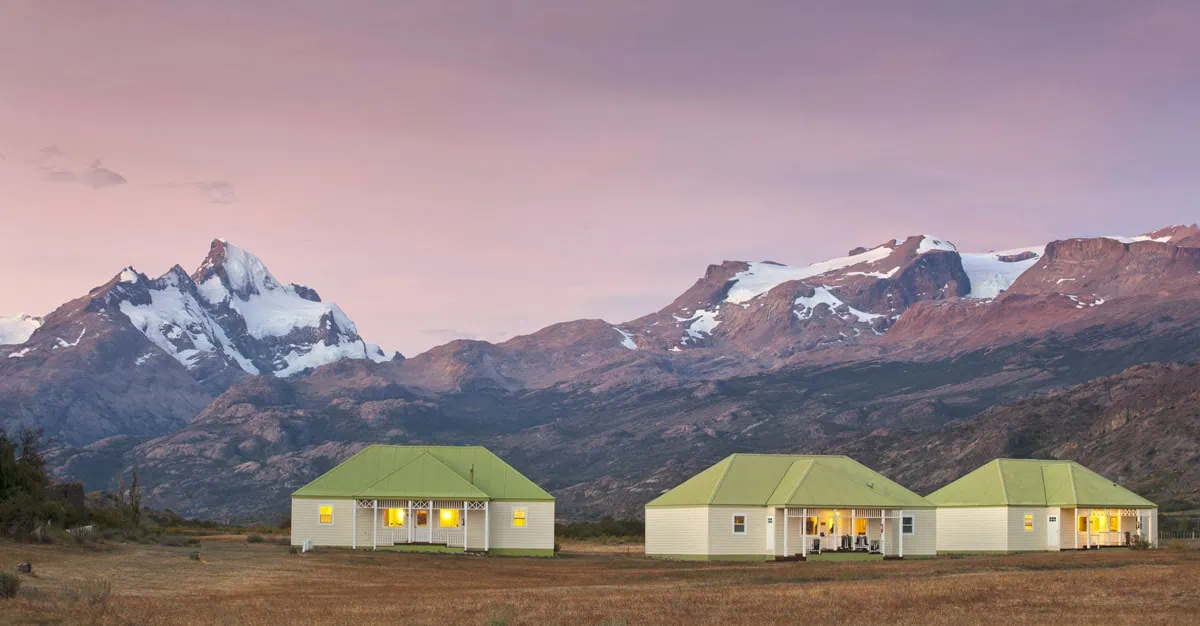
Gauchos of the Argentine Northwest
In the Northwest provinces of Salta and Jujuy, gauchos maintain a strong presence, blending Andean traditions with the horse-riding culture of the Pampas. Their estancias, often set against dramatic mountain backdrops and valleys, are smaller than those of the central plains but just as significant.
Horseback pilgrimages, such as the Cabalgata a la Virgen de Urkupiña in Salta, highlight their devotion and sense of community.
Estancias in the Calchaquí Valleys provide a glimpse into rural life, where vineyards and livestock coexist with traditions of music and folklore.
The Pampas: Heartland of the Gaucho
The Pampas region—stretching across Buenos Aires, Santa Fe, La Pampa, and Córdoba—is considered the cradle of gaucho culture. Here, estancias developed into vast cattle-ranching estates during the 18th and 19th centuries.
Gauchos became known as legendary horse tamers, herders, and fighters, immortalized in literature such as Martín Fierro.
Today, many historic estancias near Buenos Aires open their doors to visitors, offering horseback riding, asado (barbecue), and demonstrations of gaucho skills. These experiences showcase the enduring traditions of horsemanship, mate sharing, and rural hospitality.
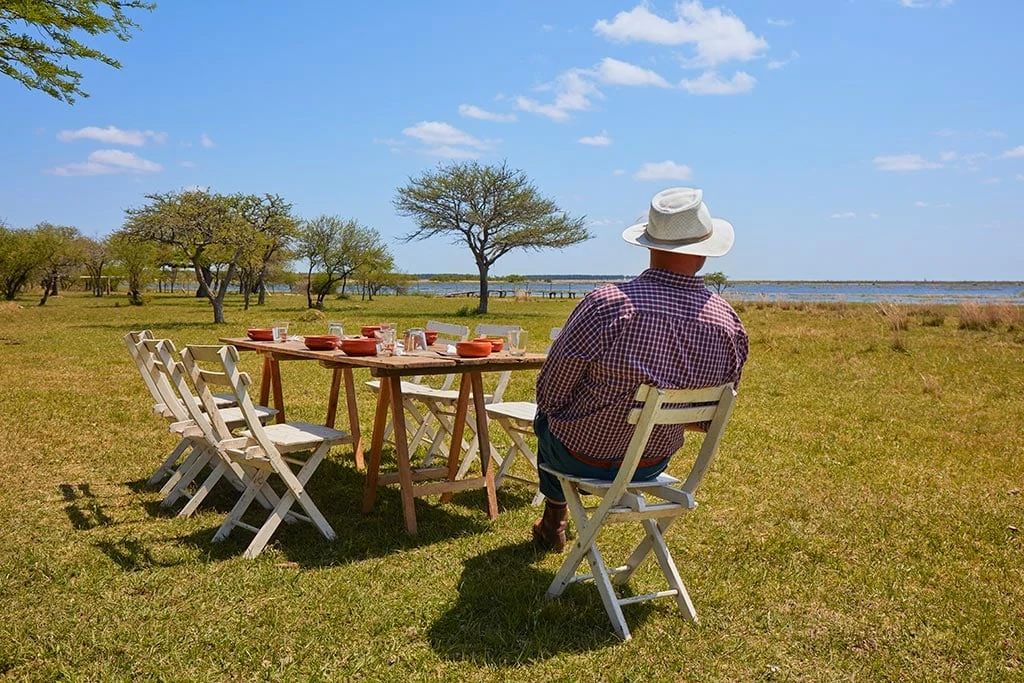
The Mesopotamia: Gauchos of the Wetlands
In the provinces of Entre Ríos, Corrientes, and Misiones, gaucho culture merges with the wetlands and river landscapes.
Corrientes is famous for its connection to the Iberá Wetlands, where estancias combine cattle ranching with ecotourism. Gauchos here work in a watery environment, navigating horses through marshes and pastures.
Traditional music, such as chamamé, often accompanies the life of the gaucho in these provinces, adding a distinct regional flavor to their identity.
A Story of Gauchos, and Wine
In Mendoza and San Juan, the image of the gaucho is intertwined with viticulture and the rugged Andean foothills. Estancias in this region often include vineyards and wineries, blending cattle ranching with wine production.
The gaucho remains a symbol of resilience, accustomed to dry climates and working close to the Andes, where transhumance (moving livestock between mountain pastures) was once common.
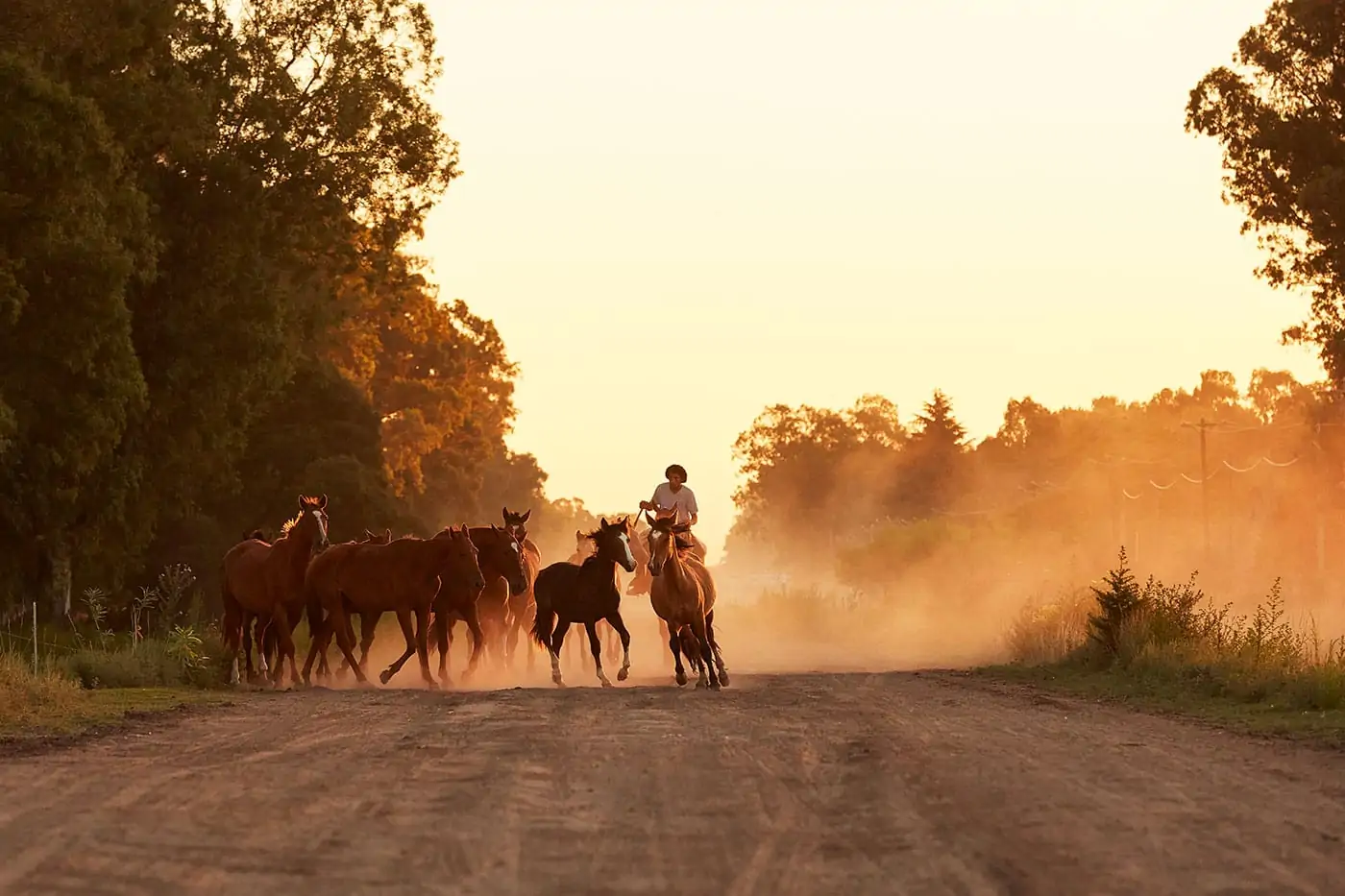
The Patagonian Gaucho
In the vast and windswept plains of Patagonia, from Río Negro to Tierra del Fuego, gaucho life takes on a unique character. Here, estancias are enormous, often spanning thousands of hectares, primarily dedicated to sheep farming rather than cattle.
Patagonian gauchos, endure harsh climates and isolation, reflecting a tougher lifestyle compared to their northern counterparts.
Historic estancias, such as those around El Calafate or Tierra del Fuego, reveal the legacy of European immigrants who merged their traditions with gaucho skills to manage sheep ranching at the “end of the world.”
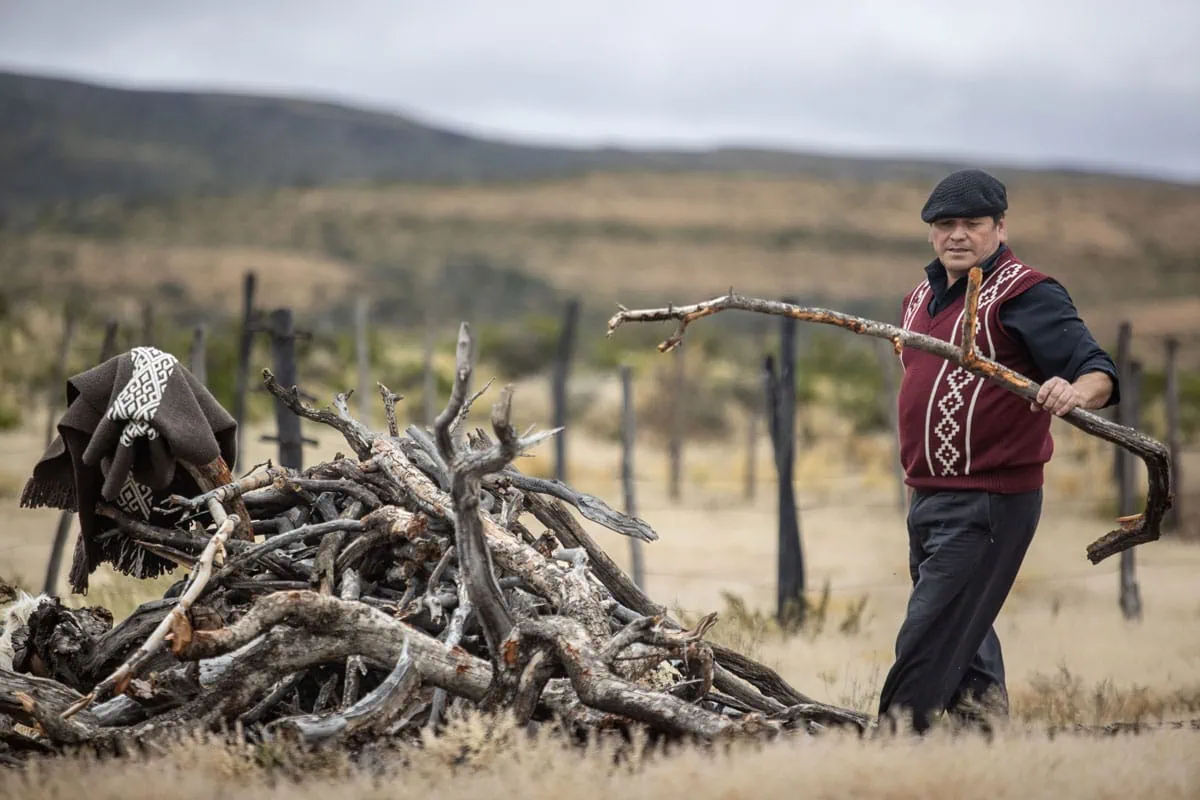
Estancias in Argentina: A Living Heritage
From the colorful highlands of the northwest to the windswept plains of Patagonia, gauchos and estancias are central to Argentina’s cultural identity. Though modernity has transformed rural life, the traditions of horsemanship, rural hospitality, and deep connection with the land remain alive. For travelers, exploring estancias across the country is not only a journey into Argentina’s past but also a chance to witness how gaucho culture continues to shape its present.
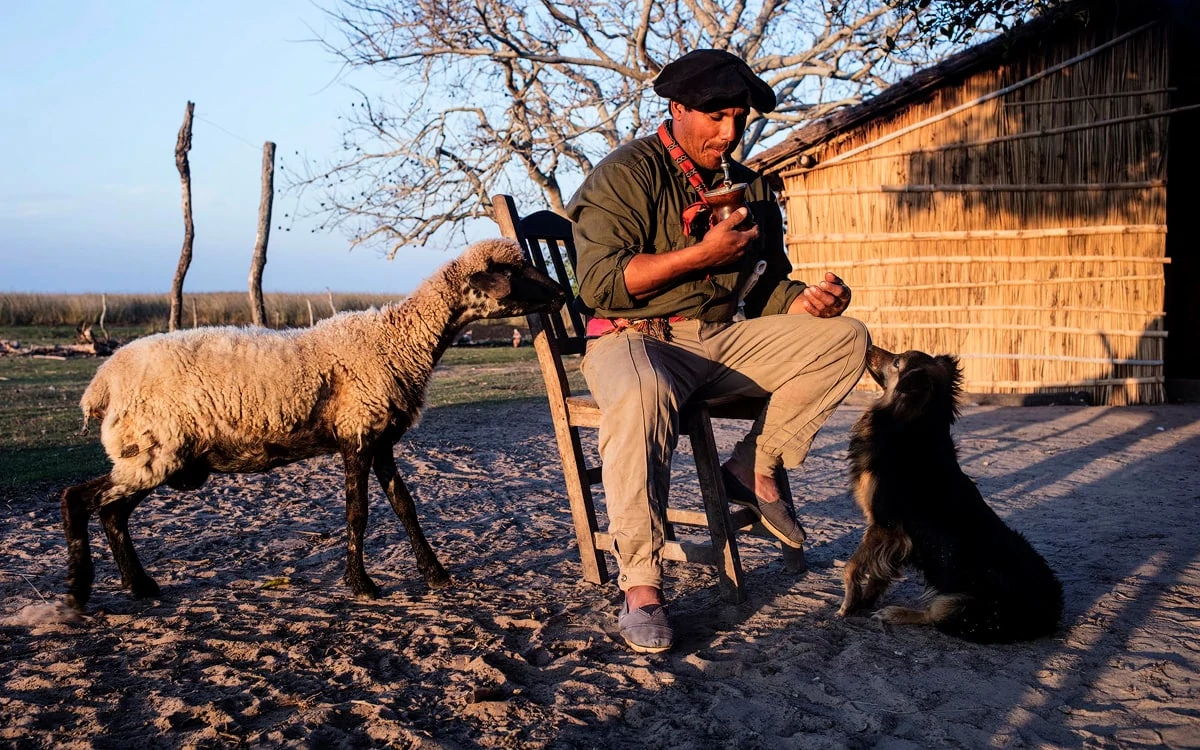
San Antonio de Areco: the Cradle of Tradition
Located just 113 km northwest of Buenos Aires, San Antonio de Areco is widely considered the heart of gaucho culture in Argentina. Declared the “National Capital of Tradition,” this charming town preserves the spirit of the Pampas with cobblestone streets, colonial architecture, silversmith workshops, and estancias that continue to keep gaucho heritage alive.
The estancias surrounding San Antonio de Areco are among the most iconic in Argentina. Many are still working cattle ranches, while others have opened their doors to visitors, offering a rare chance to experience gaucho life first-hand.
Historic Estancias: Properties such as Estancia La Porteña, once visited by the writer Ricardo Güiraldes—author of the classic gaucho poem Don Segundo Sombra—blend history, literature, and tradition.
Working Ranches: Some estancias remain fully active cattle ranches, where visitors can see gauchos in action, herding cattle and demonstrating their legendary skills with horses.
Hospitality & Gastronomy: Guests are often welcomed with empanadas and asado, accompanied by Argentine wine and the ever-present mate. Folkloric guitar music and dances complete the experience.
Traditional Crafts: The town is famous for its plateros (silversmiths), who craft finely decorated belts, knives, and mate gourds—objects that are symbols of gaucho pride.
Fiesta de la Tradición: Each November, San Antonio de Areco hosts Argentina’s most important gaucho festival. Gauchos from across the Pampas parade through the streets in traditional dress, perform horseback games (destrezas criollas), and gather for music, poetry, and communal feasts.
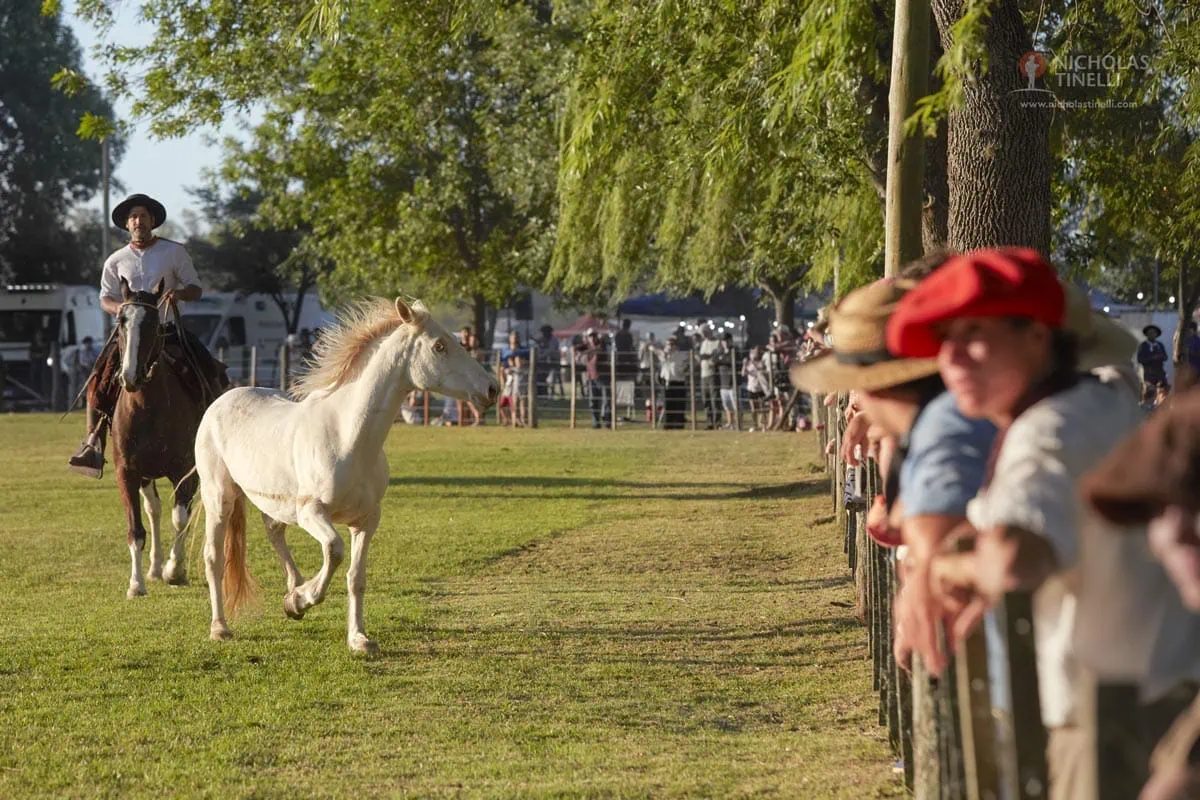
Practical Tips for Travelers
When to Visit: The Pampas and Buenos Aires estancias are accessible year-round, but spring (September–November) and autumn (March–May) offer mild weather. Patagonia is best visited from November to March, when conditions are less harsh.
What to Expect: Stays at estancias can range from a day visit with horseback riding and a traditional asado, to multi-day experiences where travelers live alongside gauchos, joining in daily tasks.
Clothing & Gear: Wear comfortable clothes and sturdy shoes or boots suitable for horseback riding. In Patagonia, pack warm layers and windproof jackets—even in summer.
Cultural Etiquette: Sharing mate (traditional herbal tea) is a common ritual.
Activities: Horseback riding, cattle or sheep herding demonstrations, folkloric music, and rural cooking are highlights. Many estancias also offer hiking, birdwatching, and photography opportunities.
Access: Some estancias near Buenos Aires are just a short drive from the city, while those in Patagonia or the Northwest may require longer journeys on unpaved roads—another reason why staying overnight can be worthwhile.
